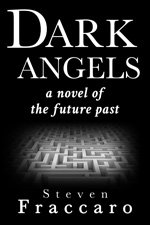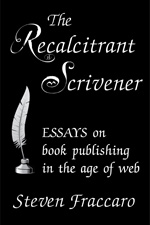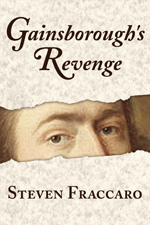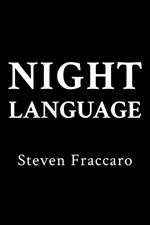As
someone who has read Wittgenstein on and off for several decades, I thought I
would finally write about him. For those of us who are neither professional
philosophers nor students but are writers, Wittgenstein’s later philosophy is
seductive—here is someone who took the question of language and its relation to
thought seriously, someone who was seemingly at odds with the main thrust of
academic philosophy. And he could write.
The temptation is to read Philosophical Investigations and Zettel as if
they were works of poetry. The curious thing is, when I come back to these
works now, after many years, I find myself in disagreement with many of the
claims they contain. This in no way diminishes my pleasure in reading them.
The
private language argument contained in Philosophical
Investigations is often thought of as the centerpiece of Wittgenstein’s
later philosophy. I’m not sure it is, but more than thirty years ago Saul Kripke placed it in its context. Innumerable people have dissected it since
then. Wittgenstein defines a private language as a language specific to a
single speaker, a language the speaker uses to catalogue and comment upon his
own internal states. Wittgenstein’s main contention is that such a private
language is an impossibility. The clearest statement of the problem appears in section 243 of Philosophical Investigations:
But could we also
imagine a language in which a person could write down or give vocal expression
to his inner experiences—his feelings, moods, and the rest—for his private use?
Well, can't we do so in our ordinary language? But that is not what I mean. The
individual words of this language are to refer to what can only be known to the
person speaking; to his immediate private sensations. So another person cannot
understand the language.
Revisiting
all this, it occurs to me there are at least several situations that might
suggest the existence of a private language, or languages. But the meaning of
the term private is central here. “Private” doesn’t usually mean “restricted to
one person,” but Wittgenstein clearly means it to be. He is thus creating his
own idiosyncratic, which is to say private, use of the term.
Here’s
a list of potential private languages, some stronger candidates than others.
1)
A prisoner in solitary confinement is inexplicitly given pen and paper, though
neither the guards nor anyone else communicates with him. With these
implements, he devises a code in which he records the sights and sounds he
witnesses, as well as his own physical sensations and thoughts. Now, one could
argue that this is a code, not a language. True, but what if the prisoner took
it a step further and developed his own syntax, a syntax not directly based on
that of his native language. This language would exist for his use only.
2)
A set of twins create their own spoken language, restricted and private to
themselves.
3)
In the gym I go to, there is an attendant who has what I take to be Tourette’s
syndrome or a similar disorder. He is constantly pacing back and forth,
uttering strange and somewhat threatening phrases that are nevertheless
incomprehensible. I have never seen or heard him speak to another person,
whether a member of the staff or anyone else. It’s possible this is “the language
of Tourette’s.” The real test would be whether another person with his specific
condition could understand these phrases. If not, he is indeed the master of
his own linguistic world.
4)
Clearly, Esperanto is not a private language—its inventor, L.L. Zamenhoff, devised it to be very much the opposite. But
as he was creating it, before he showed it to anyone else, wasn’t it in some
sense a “private language?” It certainly wasn’t a public language yet.
What
if someone devised a new artificial language, kept it to themselves, and then
died? What if no one could decode or translate the language?
5)
The language of Finnegan’s Wake as
Joyce was writing it—ie, before anyone else read and attempted to interpret the
book. This would have been a privately devised narrative language,
a language
that described a self-enclosed world.
Wittgenstein
would have been scathing about each of these. No doubt there are caveats and prohibitions
to all of them. But together they demonstrate that the repeated insistence on
the impossibility of a private language doesn’t fully close the issue.
If
you restrict the definition of private to mean “unique to a single individual,”
and if you define language as a means of communication among individuals, then
it is a tautology to say there can’t be a private language—the definitions
you’ve established preclude the existence of such a thing. Which is highly ironic,
considering Wittgenstein’s discussion of tautologies in his early work, the Tractatus.
Perhaps
writers of fiction and poetry are drawn to Wittgenstein’s later philosophy not
because they agree with him, but for the opposite reason: writers tend to believe
their work does in fact constitute a private language, not in Wittgenstein’s
sense, but in a stylistic sense. After all, an individual writer’s style is a
specific example of language that needs to be decoded by each individual reader.
Which is to say, a public expression that requires private interpretation.





